Attitudes change before behaviors do.
Those words are emblazoned all over our marketing materials. It’s the entire underlying premise of our business, our research, even our advertising platform. And it’s indisputable.
Still, attitudinal data doesn’t get the love it deserves. Most quants look down their nose at people’s emotions and opinions, which are squishy, in favor of their actions, which are incontrovertible. I know reporters who won’t cite survey data anymore, partial instead to the safer ground truth of sales figures and clicks.
All that misses the point. Survey data isn’t about measuring the now. It’s about predicting the future. Sometimes, particularly if it’s mishandled, it will be wrong (See: political polls). The vast majority of times, if handled properly, it will be right.
Attitudinal data is indeed imperfect. Unless you can survey all 340,543,020 living, breathing Americans AND guarantee their honest, unbiased answers, absolute confidence is impossible. But if Frito-Lay says 4 million people bought Doritos yesterday, you can take it to the bank.
To be fair, past behavior can often reliably predict future behavior. If I bought a Gillette razor last month, you can safely bet I’ll buy the blades. The entire political advertising complex is built on this notion – candidates target you based on your voting history. If you voted Republican in the last five elections, you’re virtually guaranteed to vote that way this time. Until you don’t.
Detecting your inclination to switch – the attitudinal change – can be make-or-break.
We can guess what’s in front of us by looking through the rearview mirror. Or, we can look through the windshield, however foggy it might be. The right answer is to do both. And it’s not just a business best practice. It’s a life skill. People change. Constantly.
We often only notice people’s behavior. The weight they lost. The new hobby. The partner they left. We’re only surprised because we didn’t know them well enough in the first place.
Behind those changing behaviors are new hopes, fears, tastes, and beliefs they developed when we weren’t paying attention. We seldom ask people how they’re feeling. We’re too wrapped up in our own stuff to have the time or emotional bandwidth to make the effort.
True, intentional empathy is the only way to understand people’s actions – and to not be caught off guard, whatever they do next.
That’s why we do what we do.
Here’s what we’re seeing:
People are giving up being jerks – or eating sweets – for Lent. Forty-two percent of U.S. adults will at least attempt to refrain from one of their many vices until Holy Thursday. The top choice among Lent observers this year is to give up “gossiping and complaining,” tied with desserts and sweets. Also in our 3 Things to Know this week, we looked at the growing interest in Apple’s new Vision Pro VR headset and the exploding popularity of Zyn nicotine pouches, particularly among smokers.
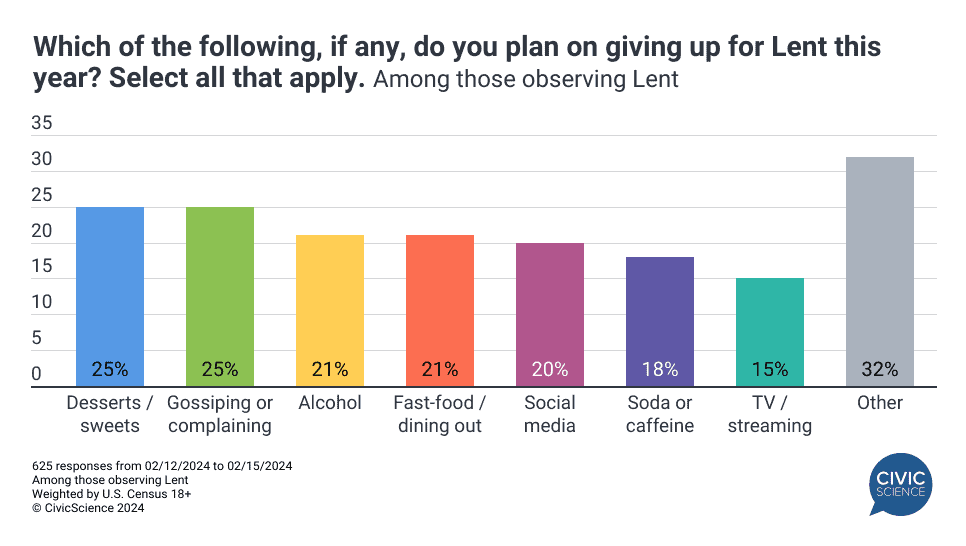
Generations are starkly divided when it comes to celebrating diversity events. As Black History Month soon gives way to Women’s History Month in March, consumers are split on whether brands should lean into these events in their marketing. Thirty-nine percent are in favor, 30% are against it, and 31% don’t care either way. But the numbers vary widely by generation – Gen Zs and Millennials want brands to celebrate diversity months by nearly 2:1. Older Gen Xers and Boomers want them to stay out of it, also by nearly 2:1. For brands who choose to support these celebrations, they have a lot of good options.
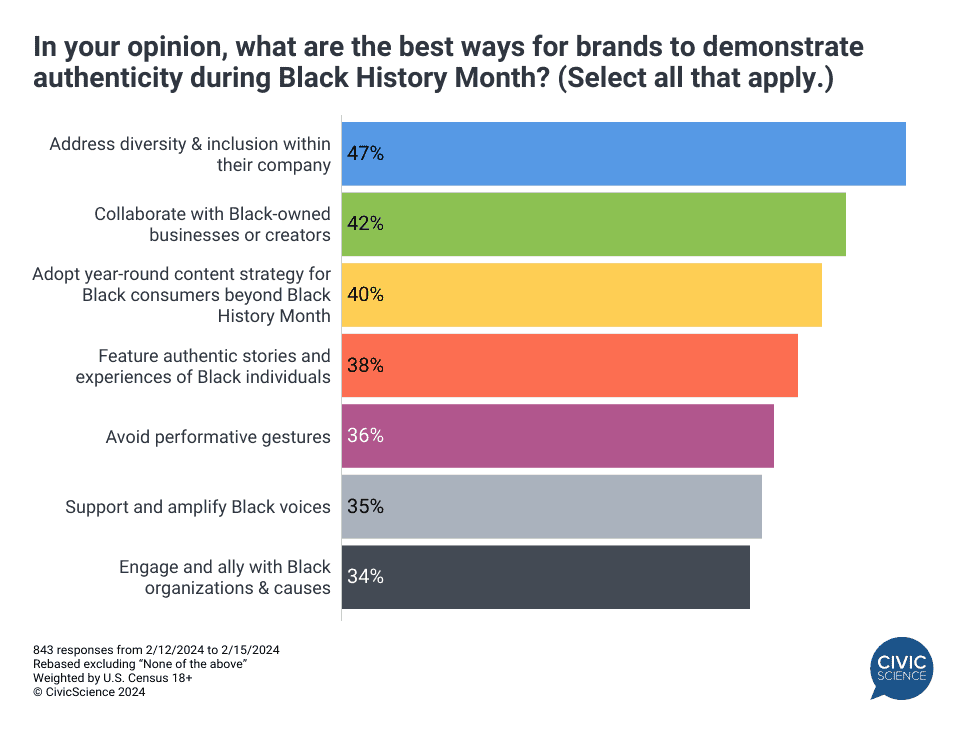
Looking to cut costs, more Americans are shopping for new car insurance. Twenty-eight percent of insured drivers say they are at least somewhat likely to switch auto insurance companies in the next 90 days, up over 21% from this time last year. These switchers significantly over-index as urban dwellers, particularly in the U.S. West and South. They also skew younger and, no surprise, are more likely to be carrying student loan debt. State Farm, Farmer’s, and Progressive seem to be the least vulnerable, while Nationwide and Liberty Mutual have the most to worry about.
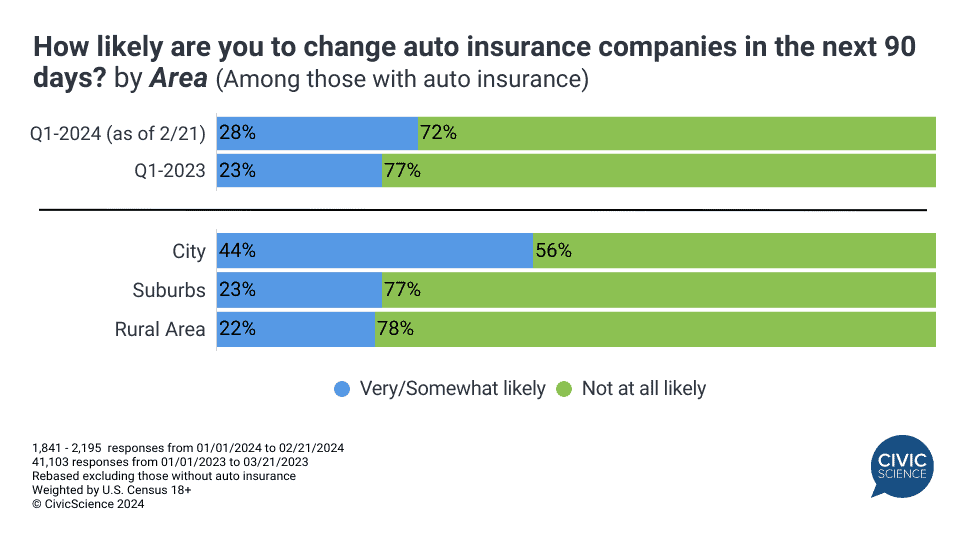
Hispanic Americans are fashion trendsetters. In the latest teaser of our Hispanic Consumer Tracker, we looked at the fashion behaviors of this fast-growing and ever-stylish cohort. When it comes to buying apparel and accessories, they’re significantly less concerned than non-Hispanics about price and more than twice as likely to value style and trendiness. They look for fashion inspiration across the media landscape – especially social media – and are more than twice as likely as non-Hispanics to frequent specialty and fast-fashion retailers.
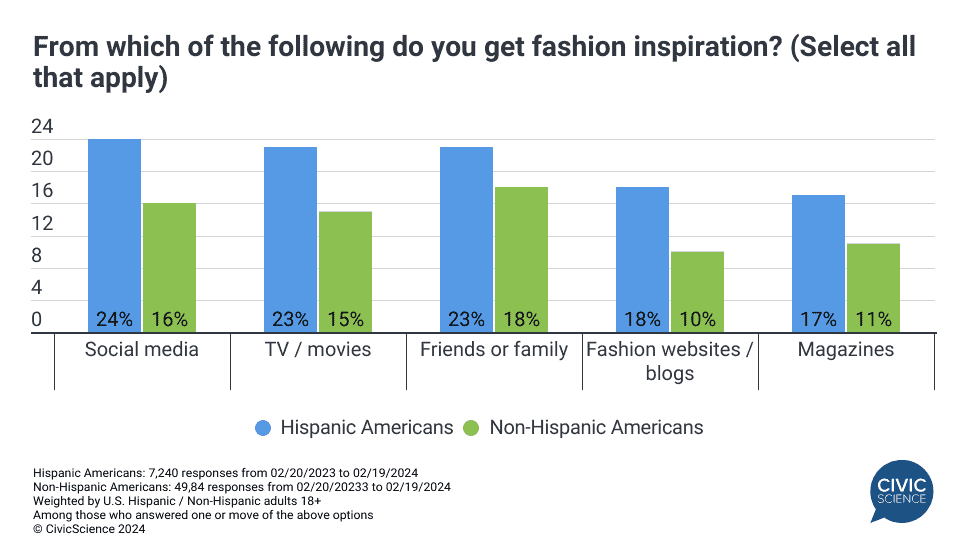
Interest in cruise vacations has rebounded big time if you’re into that kind of thing. Count me out on this trend. My parents used to take a cruise every year when I was kid, but my claustrophobia wouldn’t allow it…not that I was ever invited. Today, as the era of social distancing becomes increasingly, um, distant, Americans are showing renewed eagerness to trap themselves on a cruise ship they can’t escape with a ton of people they don’t know for weeks or even months on end. Sounds awesome. Carnival remains the most popular purveyor, followed by Royal Caribbean. I’ll never know.
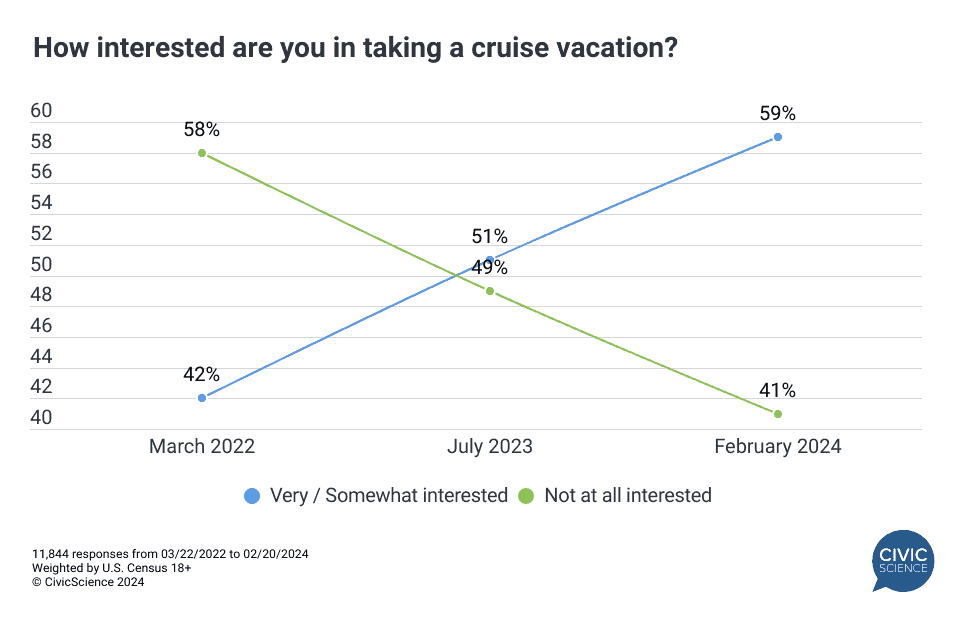
Over one in ten TV viewers were invisible (until now) and are a super valuable audience for advertisers. The percentage of Americans using digital antennas to access live TV is up 20% over this time last year. Unlike cable/satellite or streaming viewers who can be tracked mercilessly by the tech overlords, this “over the air” audience is a relative blind spot. That’s bad news for advertisers (and the media outlets hoping to woo them) because those viewers skew young, multicultural, and tech-savvy – all the markers of a high-value consumer. So, this week, we’re launching our new Over-the-Air Audience Tracker, examining the profiles, viewing habits, and advertiser preferences of over 120,000 antenna-reliant Americans. Unlike the live TV they get in their homes, it’s not free.
More awesomeness from the InsightStore this week:
Interest in Jack Dorsey’s Twitter competitor, Bluesky, has ticked upward, but still only a fraction of people have even heard of it;
We did a deep dive into the differences between LG and Electrolux home appliance customers;
Tons of people browse Zillow, just for fun, with no intention of buying a home, and here’s who they are.
The most popular questions this week:
Do you often find yourself watching old TV shows from years past?
All things considered, what’s the best time of the year for playing sports?
Do you try to get an aisle or window seat when booking flights?
Do you typically store your ketchup in the refrigerator or on a shelf?
Answer Key: Very often lately; Huge fan; Anytime it’s warm enough to play golf; Aisle, ftw; Refrigerator, but mostly because I like it cold.
Hoping you’re well.
JD
Sign up for a free seven-day trial of our Sage AI-powered consumer analytics assistant, which lets you explore our database of 5+ billion insights and 600,000+ questions.
Not on the list to receive this email? Sign up here. If you are new to this list, check out our Top Ten to get caught up.








